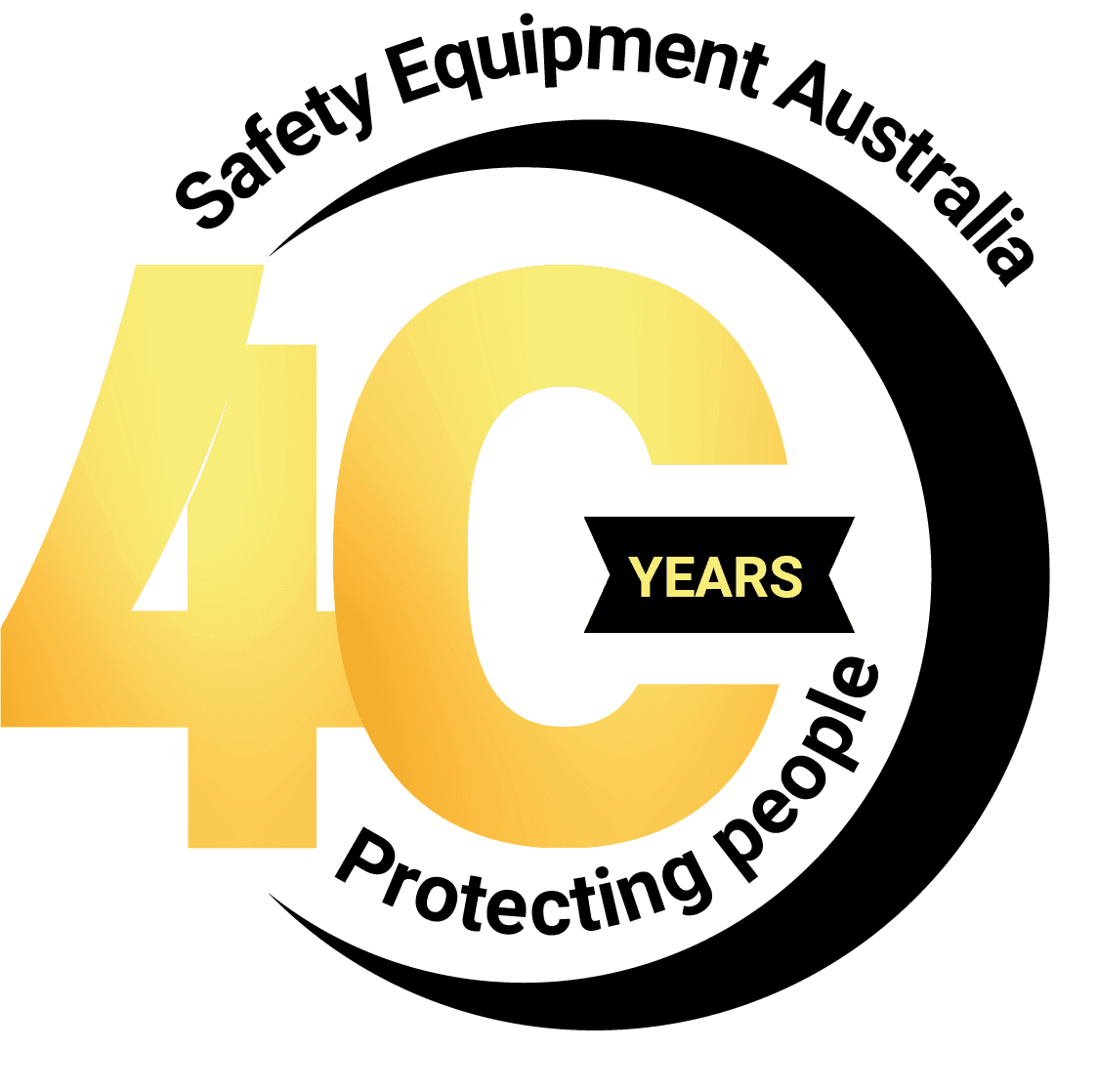
How often should I change my filters?
Pre-filters should be changed every day the mask is used.
Particle filters should be replaced as soon as you notice an increased breathing resistance, or if mechanical damage to the filter has occurred. There is no precise gauge as to how long a particle filter will last, but a guideline is 4-6 weeks (160-240 hours), provided you use pre-filters. The Sundström particle filters are mechanical filters that, unlike electrostatic filters, become more efficient the longer they are used, provided the filter is not damaged.
Gas filters should be replaced according to a carefully documented change-over schedule, based on the concentration of contaminant, temperature, humidity and work load.
Why do I need to use a pre-filter?
The Pre-filter captures coarse dust and particles and prevents premature clogging by large particles. When the pre-filter is changed frequently it extends the life of the main particle, gas and combination filters.
How should I store my gas filters?
Gas filters continue to absorb contaminants in the air even when you are not wearing the mask. It is important to store the filter in an air-tight container. Don’t open sealed packaging until you need the new filter.
Why is silica dangerous and what respirators should be used?
Silica dust inhalation may cause diseases such as silicosis, a chronic lung disease. After exposure to silica, It can take many years (10-30) before the disease is detected. Respiratory protection is required unless silica dust levels can be kept to a level below 0.05 mg/m³.
Why do we have only one particle filter?
The Sundström SR510 P3 R particle filter is a high-efficiency mechanical filter which protects against all types of wet and dry particles including (but not limited to) asbestos fibres, coal dust, silica dust, lead fume, Oil mist, mould, bacteria and viruses.
Each filter is tested twice during manufacture for 99.997% filtration efficiency. It has an 1,300cm² filter area, giving the filter an extremely low breathing resistance, in this case 70% lower than standard requirements. The same filter fits on all Sundström filter respirator products.
Can I wear a respirator if I have facial hair?
When wearing tight-fitting respirators, you must ensure an effective face seal. This means being clean-shaven or ensuring that facial hair does not interfere with the fitting surfaces or valves of the respirator. For workers who want to keep facial hair, a powered air-purifying respirator with a loose hood could provide the protection needed.
What size half mask do I need?
A proper fit is just about the most important consideration for a respirator. We know that about 80% of the population will fit into a medium sized respirator, but in accordance to AS/NZ 1715:2009 for the use and maintenance of respiratory equipment, a quantitive fit test is required to determine the most suitable facepiece.


